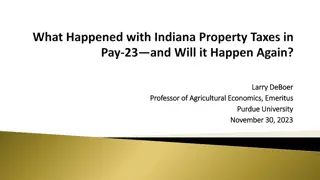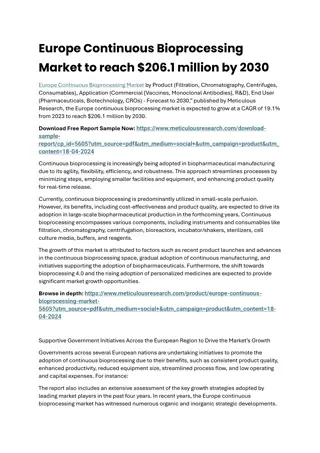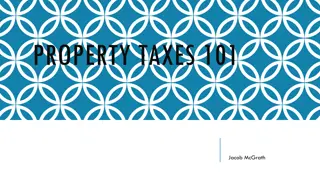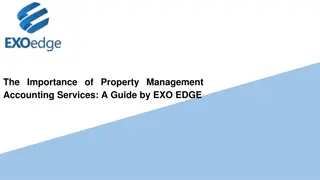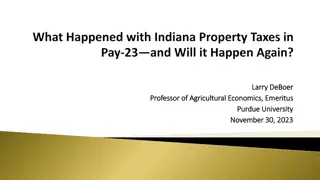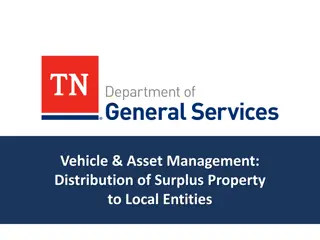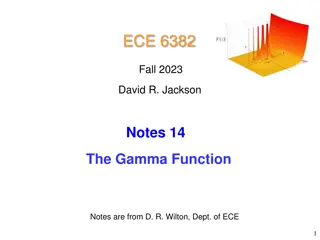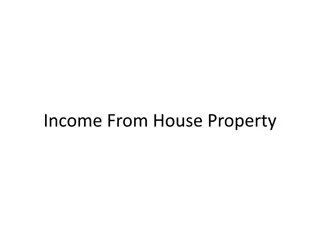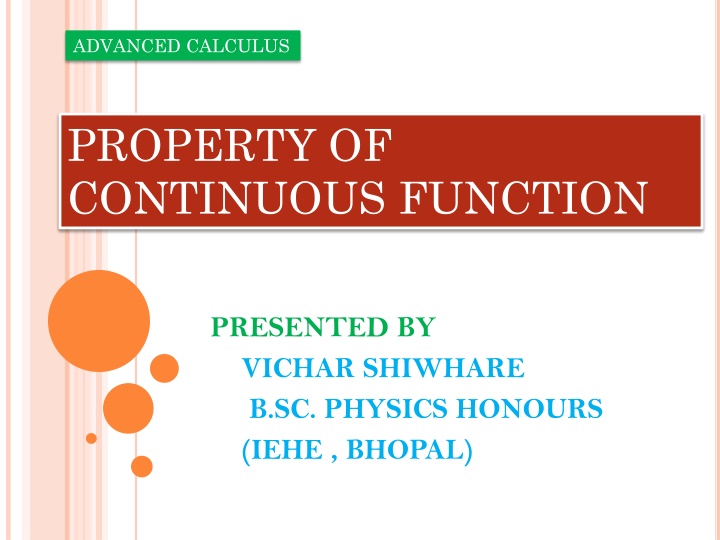
The Properties of Continuous Functions in Advanced Calculus
Explore the key concepts in advanced calculus including the conditions and properties of continuous functions as presented by Vichar Shiwahre. Learn about continuity, Cauchy's definition, Borel's theorem, boundedness, the Mostest theorem, and more. Dive into the fascinating world of calculus with these essential topics explained in detail.
Download Presentation

Please find below an Image/Link to download the presentation.
The content on the website is provided AS IS for your information and personal use only. It may not be sold, licensed, or shared on other websites without obtaining consent from the author. If you encounter any issues during the download, it is possible that the publisher has removed the file from their server.
You are allowed to download the files provided on this website for personal or commercial use, subject to the condition that they are used lawfully. All files are the property of their respective owners.
The content on the website is provided AS IS for your information and personal use only. It may not be sold, licensed, or shared on other websites without obtaining consent from the author.
E N D
Presentation Transcript
ADVANCED CALCULUS PROPERTY OF CONTINUOUS FUNCTION PRESENTED BY VICHAR SHIWHARE B.SC. PHYSICS HONOURS (IEHE , BHOPAL)
Condition of Continuity of function Y A d B X a-h a a+h
CAUCHYs DEFINITION OF CONTINUITY Cauchy s Said Continuity at , x=a Y For all value of x d A f(x) B A- a a+ X x
Properties of Continuous functions Borel s Theorem Boundedness Theorem The Mostest Theorem Bolzano s Theorem The Intermediate Value Theorem
Borels Theorem If f is a continuous function on the closed intervals [a,b] then the interval can always be divided up into a finite number of subintervals such that ; for a given > 0
a b
Borels Theorem Y For all value of x D s s A f(x)s B s a- a+ X a
Boundedness Theorem If the function f is continuous in the closed interval [a, b] then f is bounded in this interval.
From Borel, Boundedness Theorem Y D s s f(x) s s A B s a b X a- a+
The Mostest Theorem If a function f(x) is continuous in [a,b] then it attains its supremum and infimum at least once in [a,b] .
The MostestTheorem From Boundedness Y D Upper B. G Least Upper B. f(x) A L Lower B. Greatest Lower B. B x X a b
Property 4 If the function f is continous at point c (a,b) where f(c) 0 , then there exists a positive number such that f(x) has the same sign as f(c), where x (c- ,c+ ).
Property 4 Y D f(c) s A f(x) B c X c- c+ a b
Bolzanos Theorem If f is continuous in the closed interval [a,b] and f(a) and f(b) have opposite sign , then there is at least one value of x in this interval for which f(x) vanishes.
Bolzanos Theorem Y C From Property 4 A f(x) B a X a x b f(a) D
The Intermediate Value Theorem If a function f is continuous in the closed interval [a,b] and f(a) f(b) then f(x) must take at least once all values between f(a) and f(b).
The Intermediate Value Theorem Y A f(p) B C F(p) a a a X b b p b Y D f(x) E F f(x)-C = F(x)
APPLICATION Direct Indirect
Mathematics Wave Picture Feeling Artificial Intelligence
Conclusion Application of whole Mathematics 2021 Softwere Life

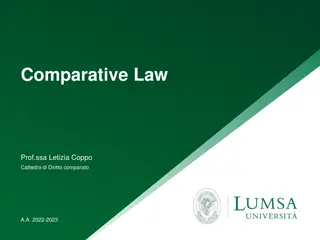
![Property Settlements in Family Law: Case Study of Stamatou & Stamatou [2022] FedCFamC1F 241](/thumb/63303/property-settlements-in-family-law-case-study-of-stamatou-stamatou-2022-fedcfamc1f-241.jpg)
